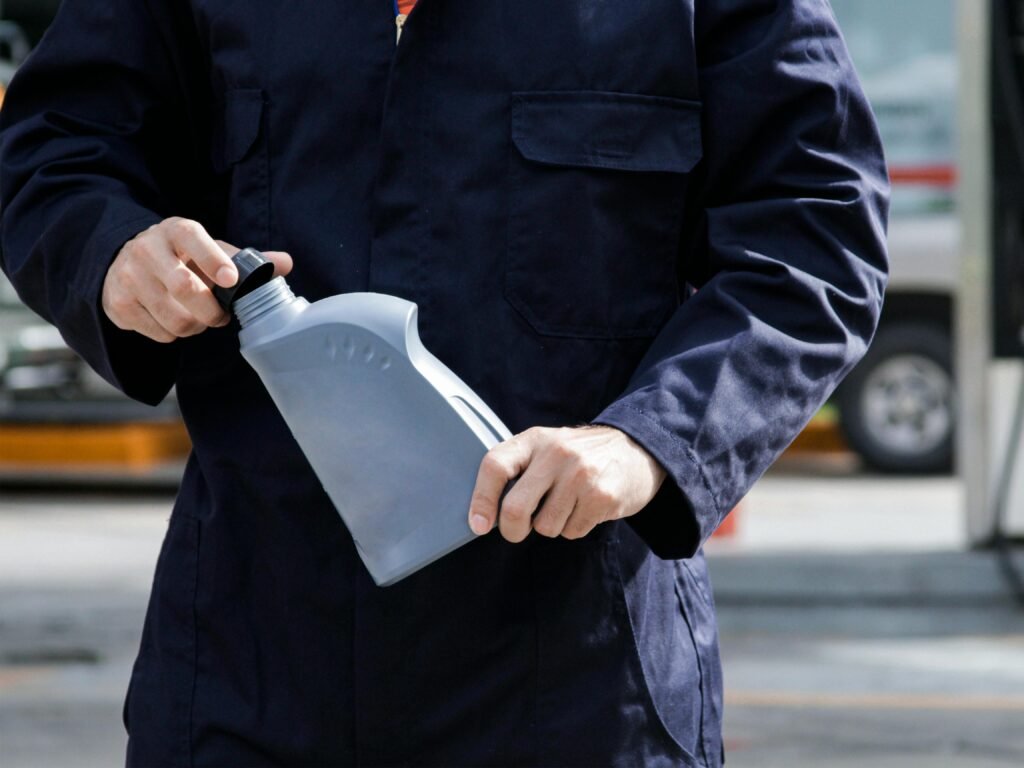Are you looking to prolong the lifespan of your locking mechanisms?
If you want your locks to last as long as possible, proper lubrication is key. In this article, we will discuss the importance of lubricating locking mechanisms and hinges, as well as how to do it correctly to maximize their durability.

This image is property of images.pexels.com.
Understanding the Importance of Lubrication
Just like any other mechanical devices, locking mechanisms and hinges require regular maintenance to operate smoothly and efficiently. One of the essential maintenance tasks for these components is lubrication.
Why Lubrication is Necessary
Lubrication serves several crucial purposes in locking mechanisms and hinges. Firstly, it helps reduce friction between moving parts, preventing wear and tear. Secondly, it helps protect the components from corrosion and rust, especially in outdoor or high-humidity environments. Lastly, proper lubrication ensures that the locking mechanism functions correctly and securely, providing peace of mind for you and your property’s safety.

This image is property of images.pexels.com.
Types of Lubricants for Locking Mechanisms
Choosing the right lubricant for your locking mechanisms is crucial to ensure the best results. Here are some common types of lubricants you can use:
| Type of Lubricant | Ideal Use |
|---|---|
| Graphite | Ideal for locks and hinges exposed to extreme temperatures and harsh weather conditions. |
| Silicone | Perfect for lubricating plastic components, as it does not attract dust or dirt. |
| Teflon | Provides long-lasting lubrication and is suited for hinges and locks that need frequent maintenance. |
| White Lithium Grease | Ideal for heavy-duty applications, such as garage doors and gate hinges. |
| Lock Lubricant Spray | Convenient for on-the-go lubrication, especially in hard-to-reach areas. |
How to Properly Lubricate Locking Mechanisms
Now that you understand the importance of lubrication and have chosen the right lubricant for your locking mechanisms, it’s time to learn how to apply it correctly. Here are some steps to follow:
-
Clean the Lock: Before applying any lubricant, make sure to clean the locking mechanism and hinges to remove any debris or old lubricant buildup. You can use a small brush or a can of compressed air to ensure they are free from dirt and grime.
-
Apply the Lubricant: Depending on the type of lubricant you choose, follow the manufacturer’s instructions for application. For sprays, a light coating is usually sufficient, while thicker greases may require a more generous application.
-
Work the Lock: After applying the lubricant, work the lock or hinge back and forth to distribute the lubricant evenly and ensure all moving parts are coated. This step helps the lubricant penetrate the components for maximum effectiveness.
-
Wipe Excess Lubricant: Once you have worked the lock or hinge, use a clean cloth to wipe away any excess lubricant. This step prevents the accumulation of dirt and grime, which can affect the lock’s performance in the long run.

This image is property of images.pexels.com.
How Often to Lubricate Your Locks
The frequency of lubricating your locking mechanisms depends on various factors, such as usage, environment, and the type of lubricant used. Generally, it’s recommended to lubricate your locks at least once a year for residential applications. However, for locks exposed to harsh conditions, frequent use, or extreme temperatures, more frequent lubrication may be necessary.
Signs Your Locks Need Lubrication
To ensure your locks remain in top condition, it’s essential to pay attention to any signs that indicate they need lubrication. Some common signs include:
-
Difficulty Turning the Key: If you notice that the key is harder to turn than usual, it may be a sign that the lock needs lubrication.
-
Squeaking or Grinding Noises: Unusual noises coming from the lock when turning the key or operating the handle can indicate that lubrication is necessary.
-
Stiff or Jerky Movement: If the lock or hinge feels stiff or jerks when in use, it’s a clear sign that lubrication is needed to smooth out the moving parts.
Additional Tips for Maintaining Locking Mechanisms
In addition to proper lubrication, there are other maintenance tasks you can perform to prolong the lifespan of your locking mechanisms:
-
Regular Inspection: Periodically check your locks and hinges for any signs of wear, rust, or damage. Addressing these issues promptly can prevent more significant problems in the future.
-
Tighten Loose Screws: Loose screws can affect the performance of your locks and hinges. Make sure to check and tighten them regularly to ensure everything is secure.
-
Avoid Excess Force: Avoid using excessive force when operating your locks or hinges, as this can lead to premature wear. If you encounter resistance, stop and investigate the issue before proceeding.
-
Protect from Harsh Elements: If your locking mechanisms are exposed to harsh elements, such as rain or snow, consider installing protective covers or barriers to shield them from the weather.
In Conclusion
Proper lubrication is essential for maximizing the lifespan of your locking mechanisms and hinges. By understanding the importance of lubrication, choosing the right lubricant, and following the correct application method, you can ensure your locks operate smoothly and securely for years to come. Remember to monitor the condition of your locks, perform regular maintenance, and address any issues promptly to keep them in optimal condition.
